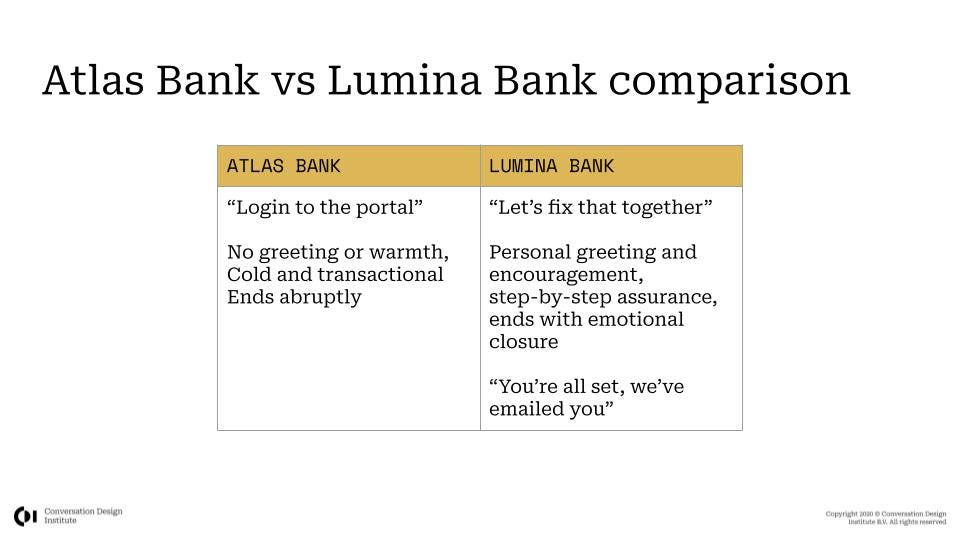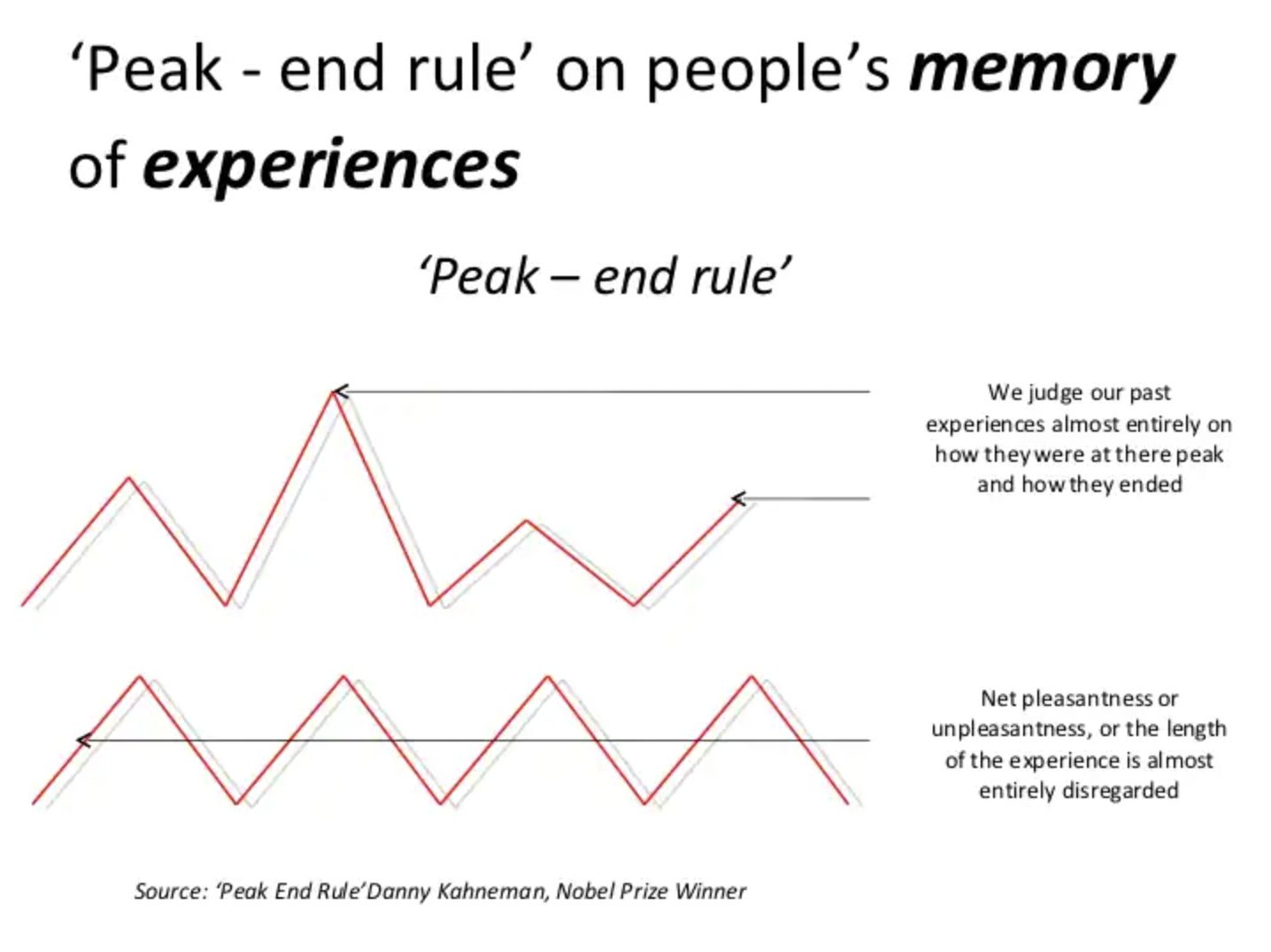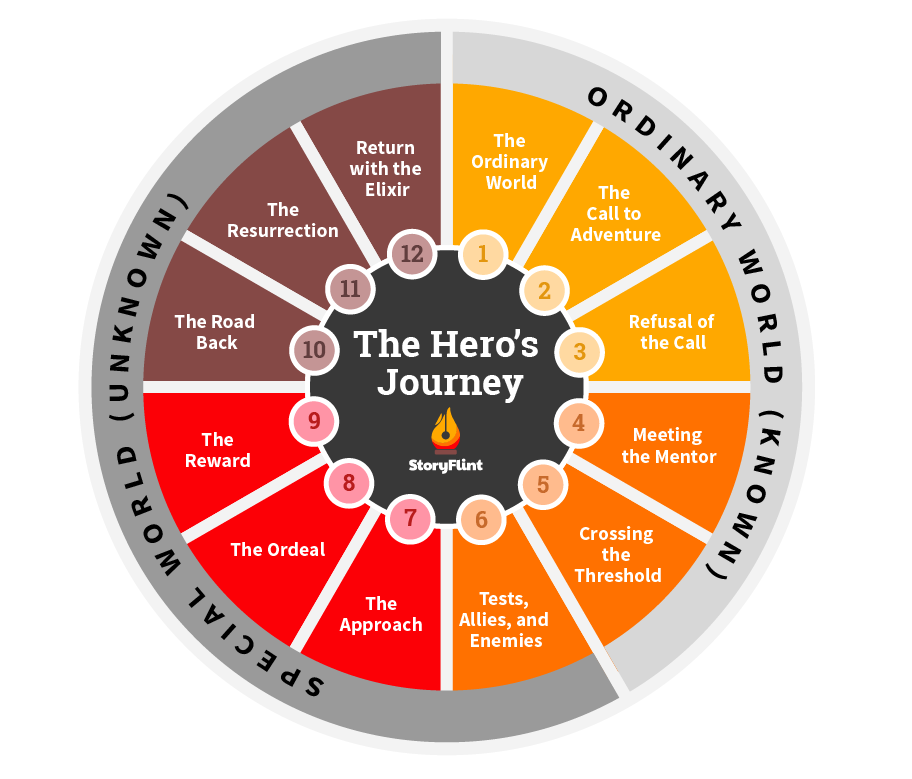Last week, my Wi-Fi crashed in the middle of a workday.
Deadlines looming, meetings waiting, a child asking for cartoons. I didn’t open a chatbot because I wanted information about error codes.
I opened it because I needed my life to move forward.
Every conversation we start carries the same hidden hope: "Help me move forward."
And now, increasingly, it’s not humans but AI Agents — dynamic, conversational systems — who are the first touchpoint in the customer experience (CX).
Yet most Conversational AI today completely misses this.
Instead of designing for progress, companies design for response. Instead of creating movement, they build mazes.
The Hidden Flaw in How We Build AI Conversations
Organizations still measure success by speed, containment, deflection.
How fast did the bot answer?
How many calls did it prevent?
How many seconds did it shave off?
Meanwhile, customers measure success very differently:
Did I actually move closer to my goal?
Did I feel more confident?
Did I feel understood?
When speed is prioritized over progress, conversations become exercises in frustration. Fast, but pointless.
This is what that disconnect looks like…
Conversations to Be Done: A Better Way to Design
Borrowing from Clayton Christensen — the legendary Harvard professor who reshaped innovation thinking with his Jobs to Be Done theory — we can rethink what customers are really trying to achieve.
Christensen once told the story of a fast-food company trying to sell more milkshakes. They studied flavors, pricing, and demographics — and got nowhere.
Only when they asked "What job are customers hiring the milkshake to do?" did they find the truth: Morning commuters bought milkshakes because they needed something satisfying and easy to consume during boring drives.
It wasn't about milkshakes. It was about progress.
Conversations work the same way.
Whether it's a human agent or an AI-powered Assistant, every conversation a customer starts is an attempt to make progress.
There are five fundamental Conversations To Be Done:
In bold you find the conversation type and in italic the customer’s real goal
Find Out
Gain knowledge, clarity, or reassurance.Get Something
Obtain a product, service, access, or permission.Fix Something
Solve a problem or resolve a broken expectation.Decide
Compare options, reduce uncertainty, and choose.Feel Better
Reduce fear, frustration, or anxiety; feel supported.
If your AI designs don’t align with these deeper human goals, you’re not helping people move forward — you’re trapping them in friction, frustration, and fatigue.
Conversations that don’t create progress don’t stay neutral. They quietly erode trust.
Every interaction either builds the bridge or widens the gap. There is no middle ground.
A Tale of Two Journeys
Imagine two different experiences:
AtlasBank:
Samantha needs to update her mailing address. She messages the chatbot:
"I moved to a new place, can you update my address?"
AtlasBank rushed to deploy basic automation.
The bot replies:
"To update your address, log in to the portal. Goodbye."
No guidance. No reassurance. No movement.
Samantha feels dismissed. Another brand just lost a tiny piece of her loyalty.
Lumina Bank:
Samantha messages their AI:
"Hi Samantha! Congrats on the new move. I can help you update your address in just a minute."
Lumina Bank invested in AI Agents designed to create emotional movement.
Step-by-step guidance follows. At the end:
"You're all set. We’ve sent a confirmation to your new home. Anything else I can help you with?"
Samantha feels seen. She didn’t just get an answer — she made progress.
One brand widened the Customer Connection Gap. One brand closed it.
And the difference wasn’t technology.
It wasn’t budget.
It was mindset.
AtlasBank treated the conversation as a transaction to end. Lumina Bank treated it as a relationship to build.
In a world where loyalty is fragile and trust is rare, that mindset makes all the difference.
Because conversations aren’t measured by what they answer.
They’re remembered by how they make people feel.
The Real Cost of Missing Progress
When you optimize for answers instead of movement, you:
Increase frustration.
Lower emotional loyalty.
Drive up silent churn.
When you design for progress, you:
Create ease and empowerment.
Engineer emotional wins.
Build the memory of trust.
As Daniel Kahneman — Nobel Prize-winning psychologist and author of Thinking, Fast and Slow — taught us, we don't remember entire experiences.
We remember how they felt at their peak and at their end.
This is called the Peak-End Rule.
Vacations, surgeries, customer journeys — what sticks in our memory isn't the sum total. It's the moments that peaked, and how it all ended.
If your AI leaves people stranded and stuck, no speed or efficiency will save that memory.
Progress — real, emotional, meaningful progress — becomes the memory you want customers to carry.
Design for Movement: A New Playbook
Here’s how you shift:
✅ Start with Human Goals
Before you automate anything, map the real emotional goal behind every conversation. Is the customer trying to find out, get something, fix something, decide, or feel better? Design your AI to recognize the mission — not just the message.
✅ Map Micro-Progress
Progress isn’t a one-time event; it’s a series of small wins. Design each step to feel like forward movement: clear next actions, visible checkpoints, growing confidence. Momentum keeps conversations alive.
✅ Test for Emotional Progress
Task completion is not enough. Ask: Did the customer feel lighter, clearer, more empowered at the end of this step? Emotional resonance is the real measure of success.
✅ Reward the Journey
Celebrate milestones, not just endings. Simple language like, “You’re halfway there!” or “One more step to go!” creates psychological lift and keeps people engaged. Progress feels good when it’s visible.
✅ Handle Setbacks with Empathy
Every journey has friction points. When customers get stuck, don’t blame or deflect — acknowledge and support. Language like, “Let’s get this sorted out together,” invites trust instead of triggering frustration.
Every Customer Is on a Journey. You Are Their Guide.
People don’t talk to complete a form.
They talk to complete a story.
As Joseph Campbell — the mythologist who mapped the universal structure of stories in The Hero’s Journey — taught us,
true transformation happens when a hero leaves the ordinary world, faces challenges, meets a guide, overcomes obstacles, and returns changed.
Your customers are no different.
Every time they reach out — whether to a chatbot or a human — they are in the middle of their own small journey.
They seek guidance. They seek movement.
They seek a return to confidence, clarity, and control.
And you have the opportunity and the responsibility to guide them.
You are not just designing conversations.
You are designing transformations.
You are the unseen mentor who helps customers overcome uncertainty, frustration, and fear — and return to their lives stronger, lighter, and more confident.
That’s the real power of this work.
That’s the real responsibility.
And that’s the real opportunity.
In a world rushing to deploy AI Agents faster, remember:
Fast is forgettable.
Progress is unforgettable.
Transformation is irreplaceable.
Choose wisely.
Ready to scale trust, not just transactions?







True progress begins when users feel heard — empathy and acknowledgment often outweigh features in building lasting trust.
This is so insightful @Hans van Dam! Loved what you said about intent.
I am preparing a talk on Content Design Playbook (where I discuss my framework to gamify decision making) for a conference and I feel what you said just validates the idea that content maturity is a signal of product maturity.
Do you mind if I quote you (and give a shoutout to your article)?